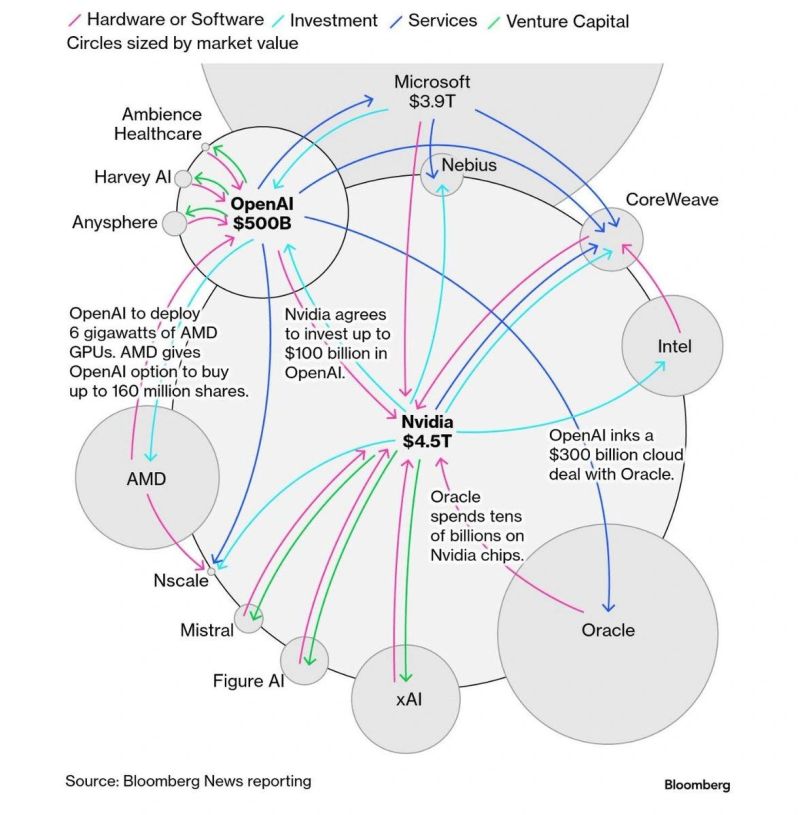Introduction
In the fast-moving world of smartphones, the clash between Apple Inc. and Samsung Electronics Co., Ltd. stands out as one of the most high-profile intellectual-property (IP) battles of recent years. Beginning in 2011 and extending across many countries, this legal war was more than courtroom drama: it touched on innovation strategy, product design, market leadership and how companies protect what they build. For managers, students and business leaders, the case offers rich insights into how IP, culture and strategic mindset shape competitive advantage.
Background
Apple Inc., founded in 1976 and based in Cupertino, California, is recognised for its tightly integrated hardware-software ecosystems, distinctive industrial design and premium branding. Samsung Electronics, headquartered in Suwon, South Korea, is a global tech conglomerate with strengths in manufacturing, component supply, consumer devices and the Android ecosystem.
Though at one time supplier and customer (Apple bought chips from Samsung, for example), the two companies became fierce competitors in the smartphone era as Android devices (notably Samsung’s) challenged Apple’s dominance. The IP conflict erupted when Apple alleged that Samsung had “slavishly” copied the iPhone’s look-and-feel and interface features — while Samsung counter-alleged that Apple infringed its wireless communications and standards-essential patents.
Timeline
Here is a streamlined sequence of key events in the Apple-Samsung patent war:
- 2010: Apple warns Samsung of potential patent infringement, and proposes a licensing deal (reportedly ~US$30 per phone, US$40 per tablet) that Samsung declines.
- April 2011: Apple files its first major lawsuit in the United States, accusing Samsung of infringing utility and design patents covering the iPhone and iPad. Samsung counters with suits across South Korea, Japan and Germany asserting its own patents.
- 2012: The litigation expands globally — by mid-2012 over fifty lawsuits in more than ten countries. In the U.S., a jury awards Apple ~US $1.05 billion in damages for six of Samsung’s products.
- 2013: Judge Koh in the U.S. reduces the damages due to miscalculation, orders retrial of part of the award; meanwhile, the U.S. International Trade Commission ⎯ the ITC ⎯ rules Samsung infringed a standards-essential patent, ordering a ban on certain Apple product sales (later vetoed).
- 2014-2016: Retrials and appeals continue; Apple is awarded smaller sums (US$120 million in one verdict) while Samsung wins some rulings abroad. In December 2016 the U.S. Supreme Court unanimously reverses part of the lower court’s decision and remands for further review.
- 2018: The companies finally settle their U.S. litigation out of court, ending the major global patent wars between them.
Why It Was Significant
The Apple vs Samsung patent battles matter for several reasons:
- Strategic leverage of IP: Apple used design and utility patents not just defensively, but offensively, to slow down competitors’ product launches and shape the competitive landscape. Samsung’s countersuits showed how even component-level and standards-essential patents can be wielded.
- Global forum shopping and complexity: Litigation spanned multiple jurisdictions, reflecting how globalised product markets require multinational legal strategy, not just local tactics.
- Design-centric market battles: The case elevated design patents (“look and feel”) to front-line strategic assets in consumer technology. Scholars note that the Apple-Samsung war reframed the boundary between functional innovation and ornamental design.
- Costs and unintended consequences: While large awards made headlines, the real cost extended to time, distraction, market delays, brand exposure, and perhaps slower innovation. For both companies the war consumed resources that might have been applied elsewhere.
- Governance & culture implications: The conflict forced both companies to think about how their internal IP strategy, cross-licensing approach, component-supplier relations (Samsung supplied Apple) and public image align.
Key Lessons for Professionals
From this case, business leaders, innovation managers and governance professionals can draw the following lessons:
- Treat IP as strategic asset, not just legal shield
- Organisations must integrate intellectual property strategy into business planning — patents and design rights should support market positioning and competitive strategy, not just legal defence. Apple clearly did this; Samsung had to respond.
- Be globally aware — multiple jurisdictions matter
- In a connected product world, legal risk and opportunity cross borders. Firms must align innovation, product launch, patent filings and litigation readiness across territories.
- Align culture, design, engineering and legal teams
- For patented design or utility features, alignment between engineering/design teams and legal/IP functions is critical. A weak link in internal processes (e.g., patent disclosure, documentation, licensing) can expose a firm to risk or weaken leverage.
- Balance aggression with sustainability
- While aggressive enforcement can yield advantage, companies must weigh the ROI, distraction, reputational risk and opportunity cost. The Apple-Samsung war shows high visibility, high cost and uncertain yield — innovation speed may suffer.
- Innovation ecosystems matter — supplier/partner roles complicate IP strategy
- Samsung simultaneously was competitor, supplier and litigant to/from Apple. This dual role complicates IP and strategic relationships. Leaders must map all roles their company plays (supplier, partner, competitor) and design IP governance accordingly.
- Governance of standards-essential patents (SEPs) and licensing transparency
- The Samsung-Apple case exposed issues about who owns, licences and enforces standard-essential patents (e.g., 3G/4G) and how those impact product strategy. Companies must govern their SEP portfolios, ensure FRAND (Fair, Reasonable, and Non-Discriminatory) commitments where applicable, and manage licensing proactively.
Final Takeaway
The patent war between Apple and Samsung offers a vivid, professional-level case study in how intellectual property, corporate strategy, product design, and global legal systems intersect in a high-stakes industry. For business leaders and students alike, the key learning is this: innovation alone is not sufficient — how you protect, leverage and govern your designs and technologies often determines who leads. In the smartphone era the war was fought in courtrooms, boardrooms and design studios — and it underlined that IP strategy must be woven into business strategy, not treated as an after-thought.
For the community at TalNurt, this case invites reflection on how your organisation (whatever its size) views IP, aligns its innovation and legal functions, and makes governance choices that support sustainable competitive advantage.




